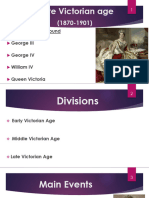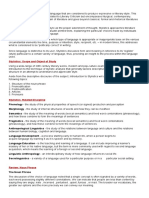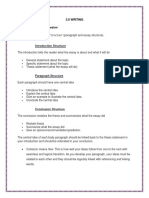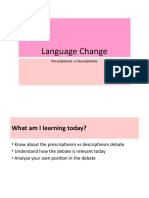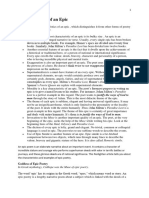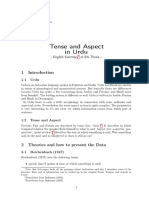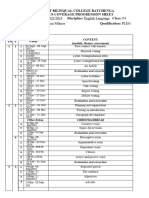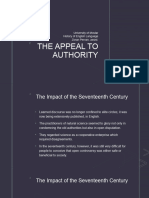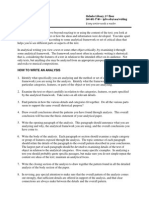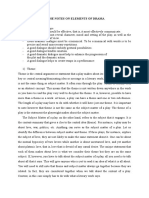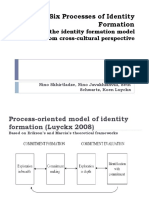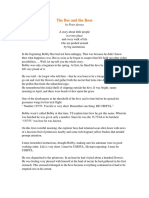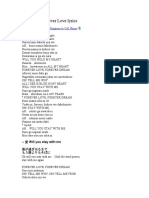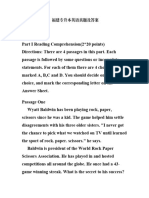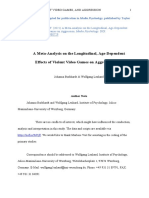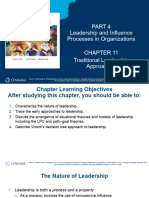0% found this document useful (0 votes)
1K views6 pagesS5 Literature Notes - Plays
This document provides an overview of how to analyze characters and their roles in plays. It discusses character traits, roles, relationships, and comparisons. Characters are defined by their personality, background, and language. A playwright uses characters to convey themes and lessons. Characters can be good or bad, and play roles like advancing the plot or expressing ideas. Their interactions reveal relationships that are either positive or negative.
Uploaded by
JMKCopyright
© © All Rights Reserved
We take content rights seriously. If you suspect this is your content, claim it here.
Available Formats
Download as PDF, TXT or read online on Scribd
0% found this document useful (0 votes)
1K views6 pagesS5 Literature Notes - Plays
This document provides an overview of how to analyze characters and their roles in plays. It discusses character traits, roles, relationships, and comparisons. Characters are defined by their personality, background, and language. A playwright uses characters to convey themes and lessons. Characters can be good or bad, and play roles like advancing the plot or expressing ideas. Their interactions reveal relationships that are either positive or negative.
Uploaded by
JMKCopyright
© © All Rights Reserved
We take content rights seriously. If you suspect this is your content, claim it here.
Available Formats
Download as PDF, TXT or read online on Scribd
/ 6



